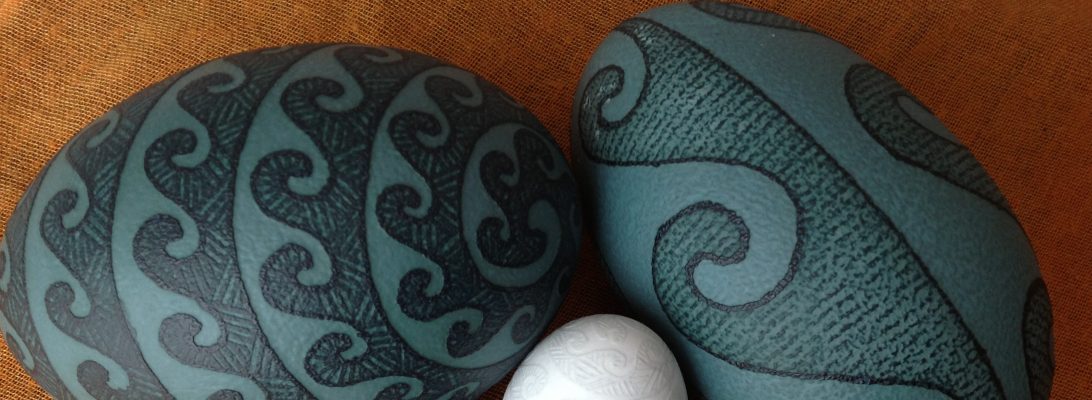The first attempt has been described in the previous post here. I needed to try to increase the concentration of the dye, or so I thought.
My first “recipe” was: 50g brazilwood, 500 ml water. Soaked overnight. Simmered for 15 min, added alum.
Second “recipe”: 200g Brazil wood, 1000 ml of distilled water (tried 500, but that was not enough to have the bath liquid), 2/3 of tums tablet. Simmered for about 3 hours, added alum.



It was not working much better than before, the white egg was still just pink, the yellow one was too orange, not red enough. Then I flipped and added a LOT of alum in the dye bath, and the eggs started to get more red.






elderflower yellow right
That worked better, but was somewhat wiping off at wax removal. you can see it in the photo of the tip. I loved this egg so much, that I did multiple versions. Last photo on the bottom right is a comparison between apple yellow base on the left and elderflower yellow base in the right (I will post the elder flower version photos separately). There is a slight difference in tone, hardly visible in the photo.
I think this is the proof of concept, that intense enough red can be achieved with brazil wood with alum over the yellow base, and black with brazil wood with iron. I’ll post the egg with red without the yellow base separately, once I do something with that egg.
What still needs to be worked out is the details of how to adjust the process, the proportions, etc. to have the dye work well on the egg shell, give a more even tone, maybe work faster, not wipe off with wax, etc. Some of these issues might be the problems with the egg shells themselves (and their prep), rather than the dye, but this is something to test at a later time, when I have access to other kinds of shells that I can process, and when I have space to do this.
The egg is from Kulzhynskyy VIII-11 (545) “Stars” from the village Tarandyntsi, Lubny area, Poltava governorate (1890).
